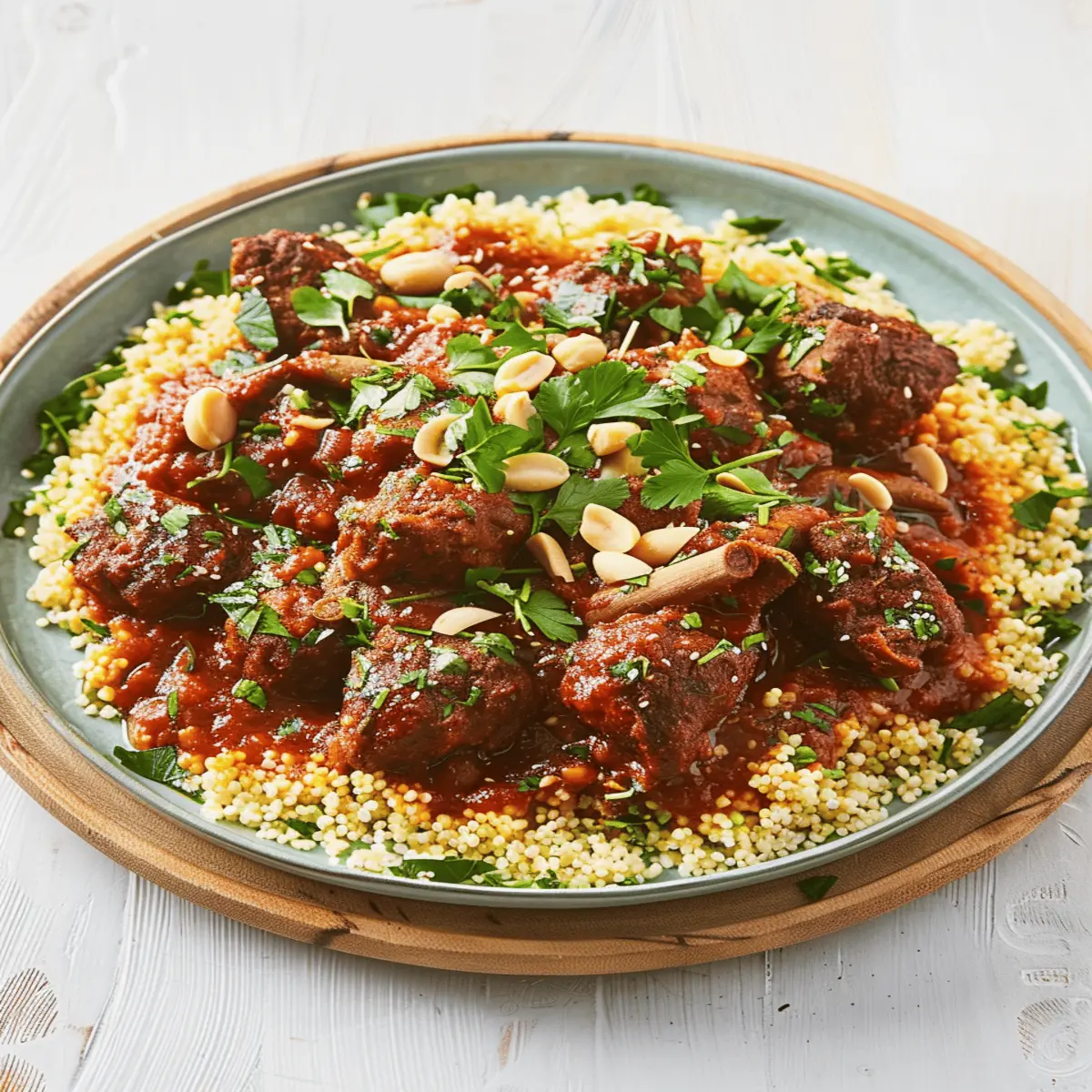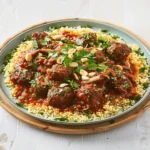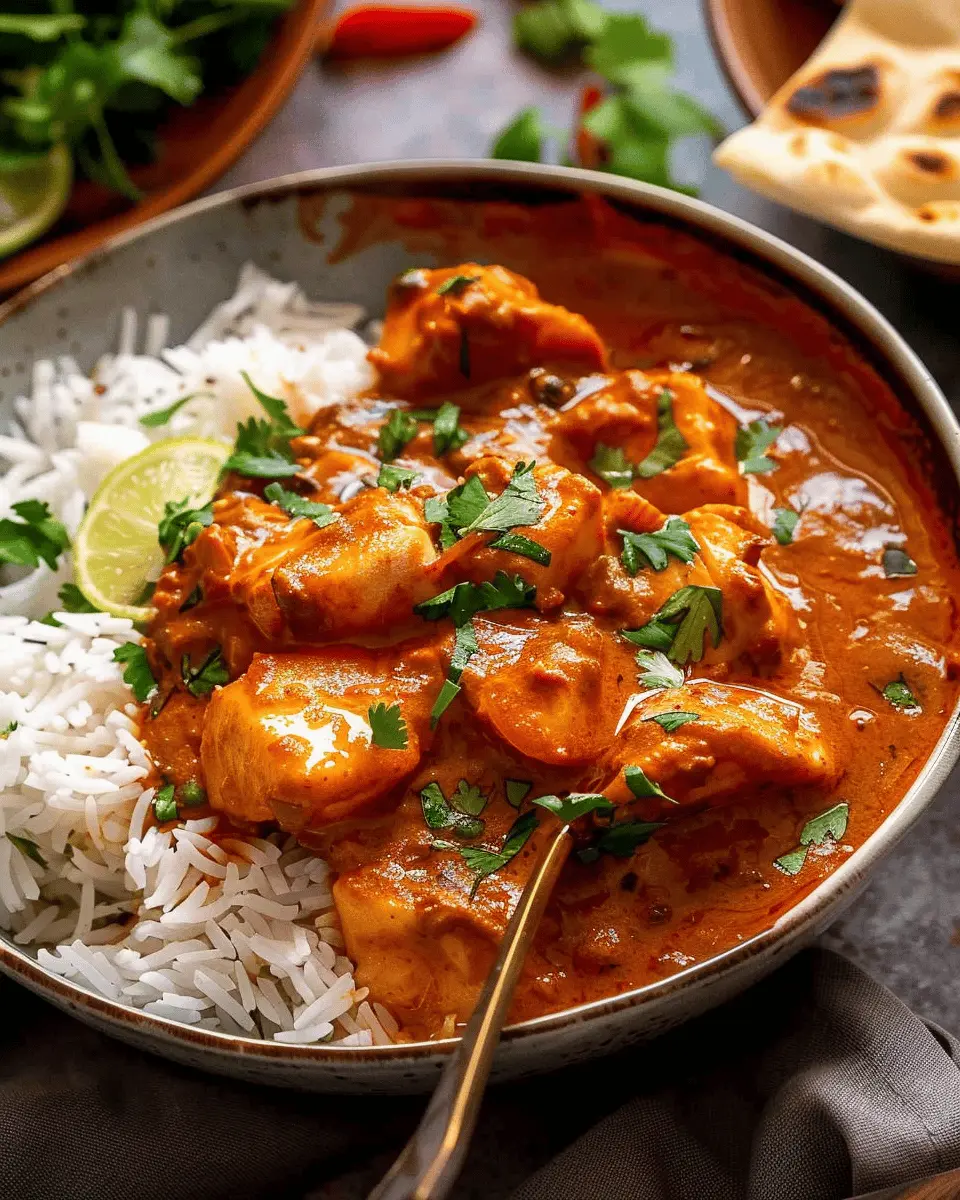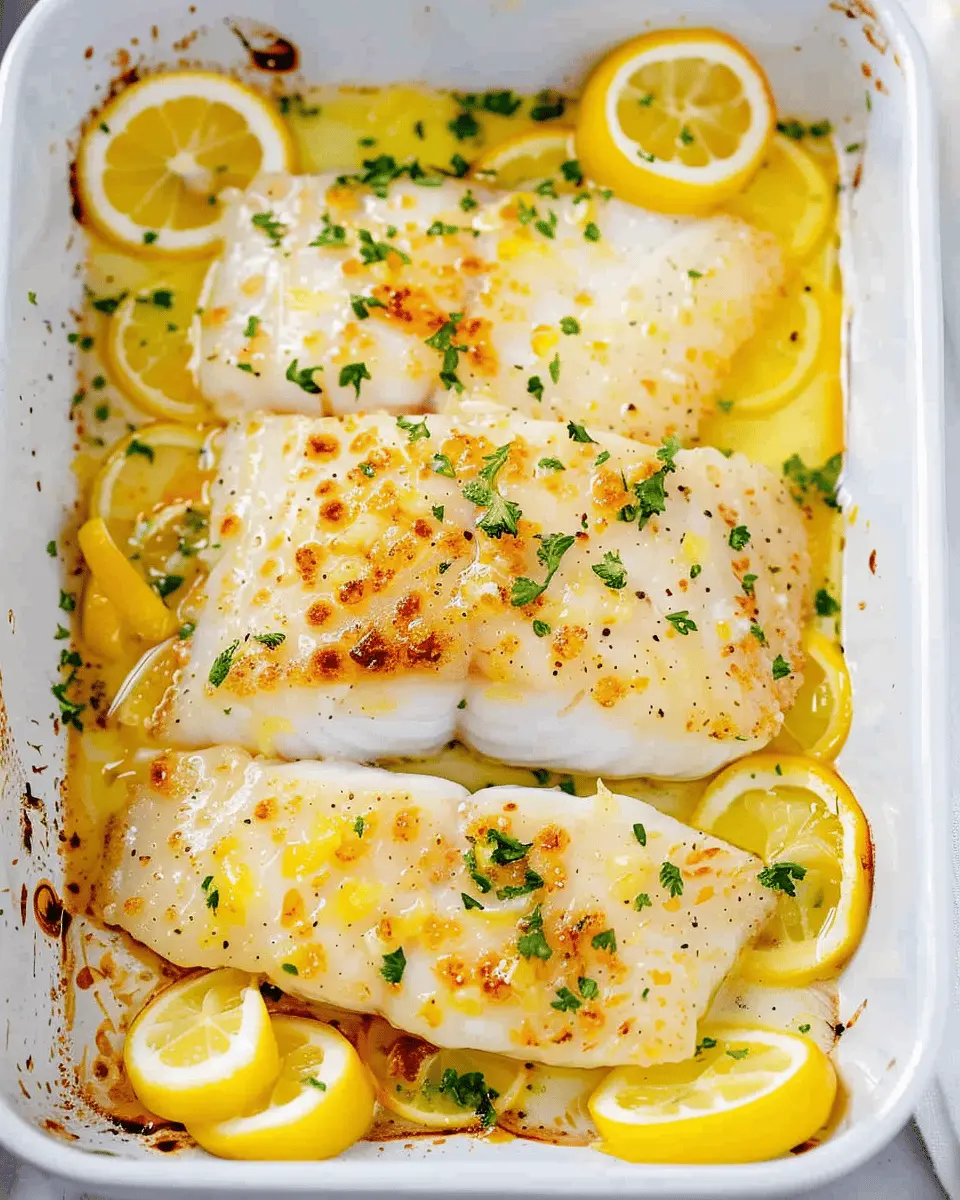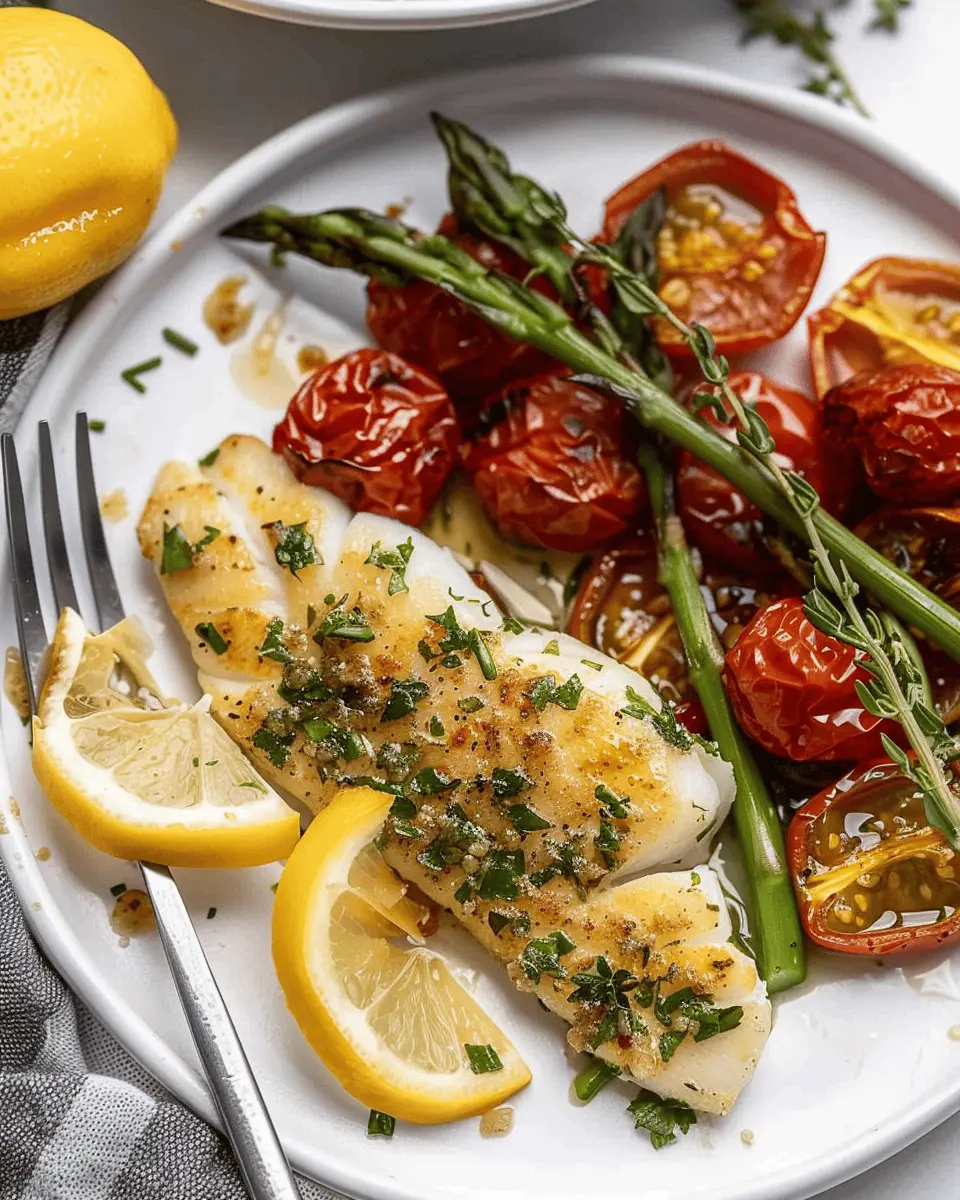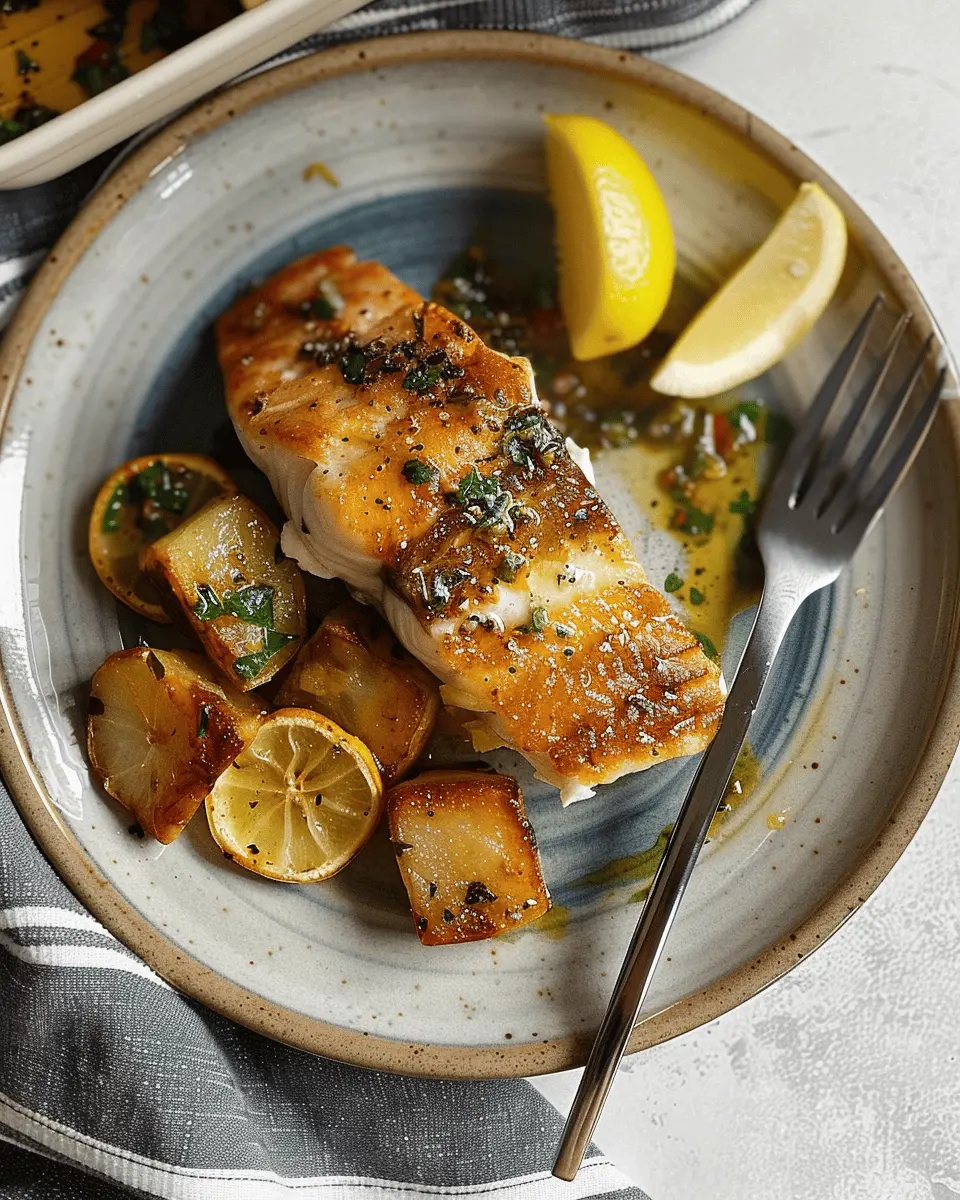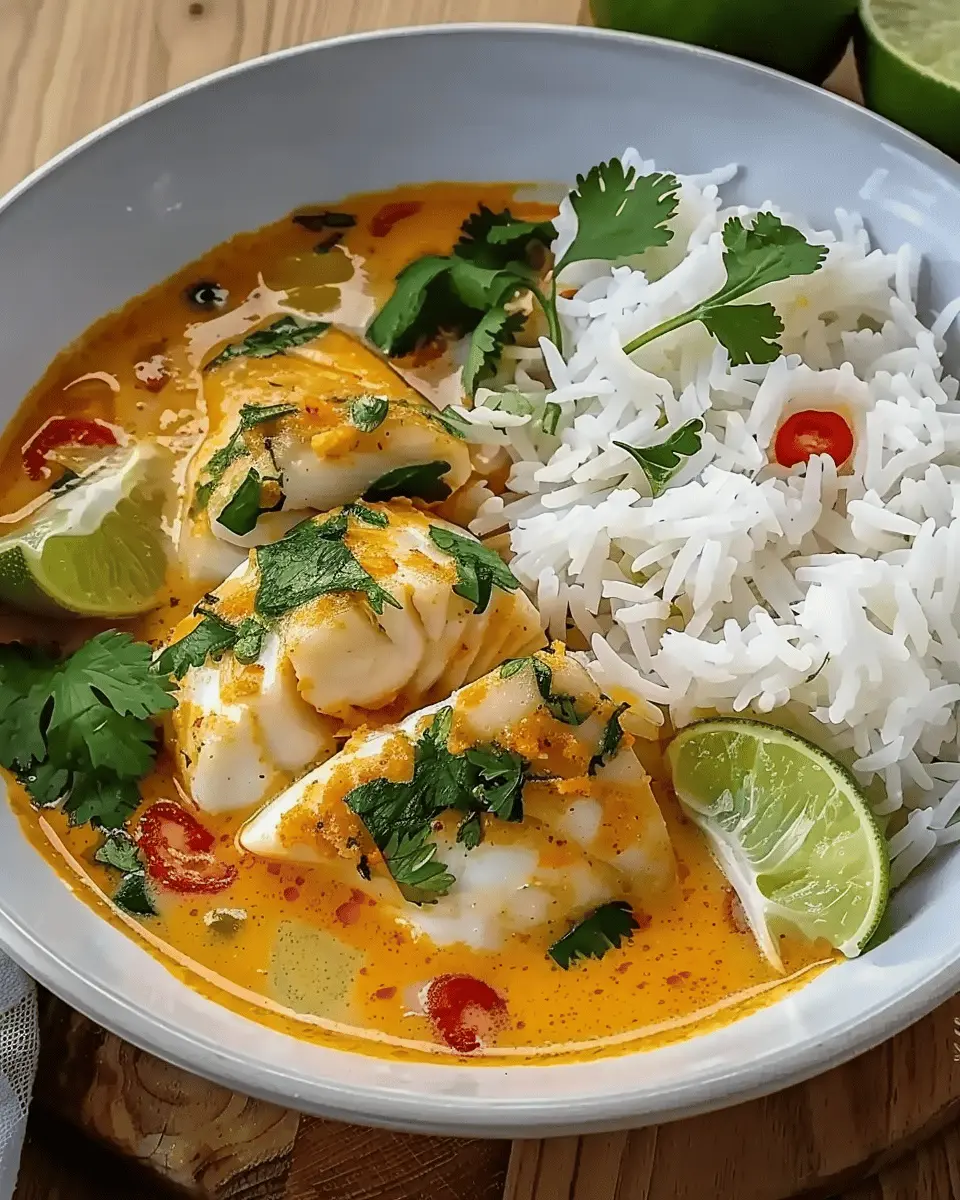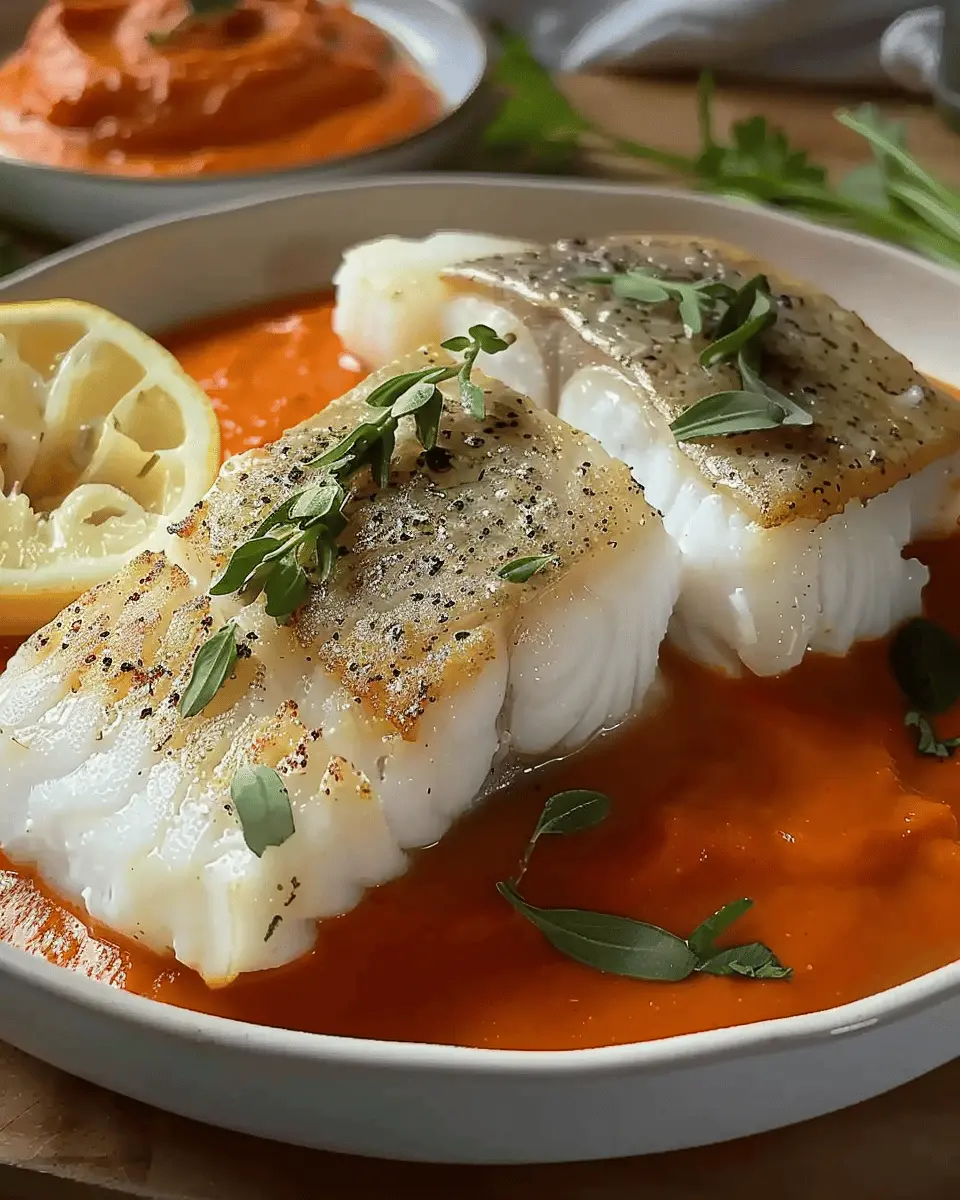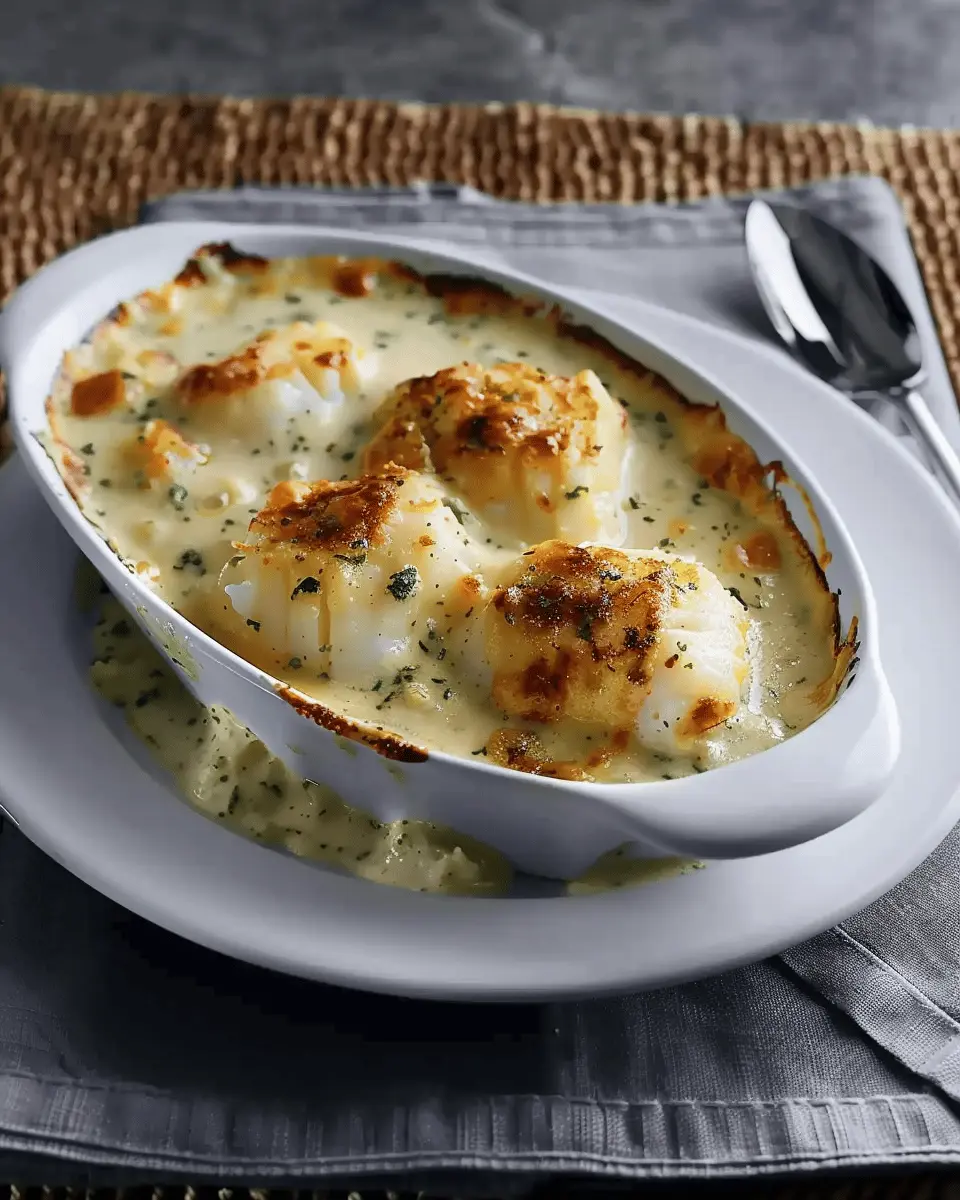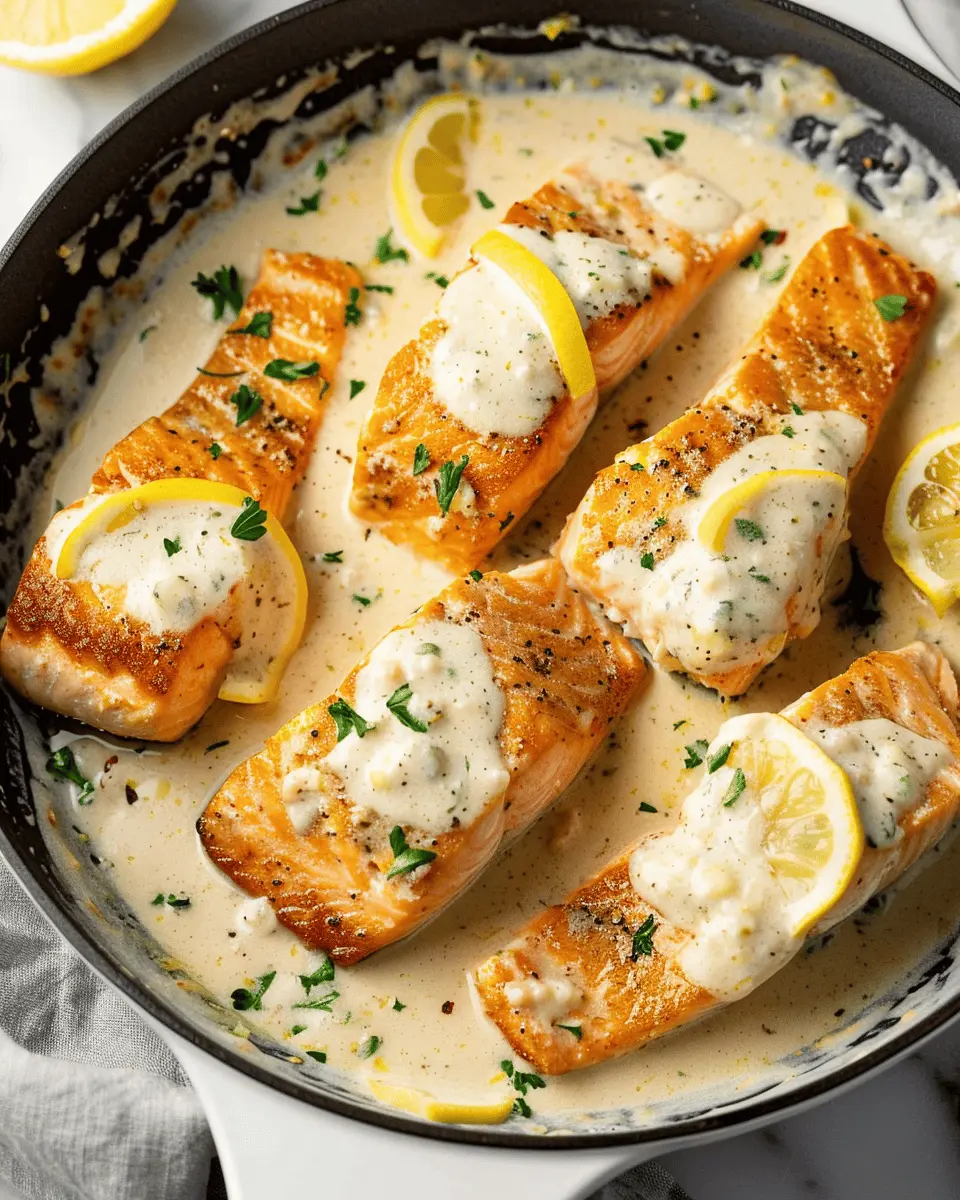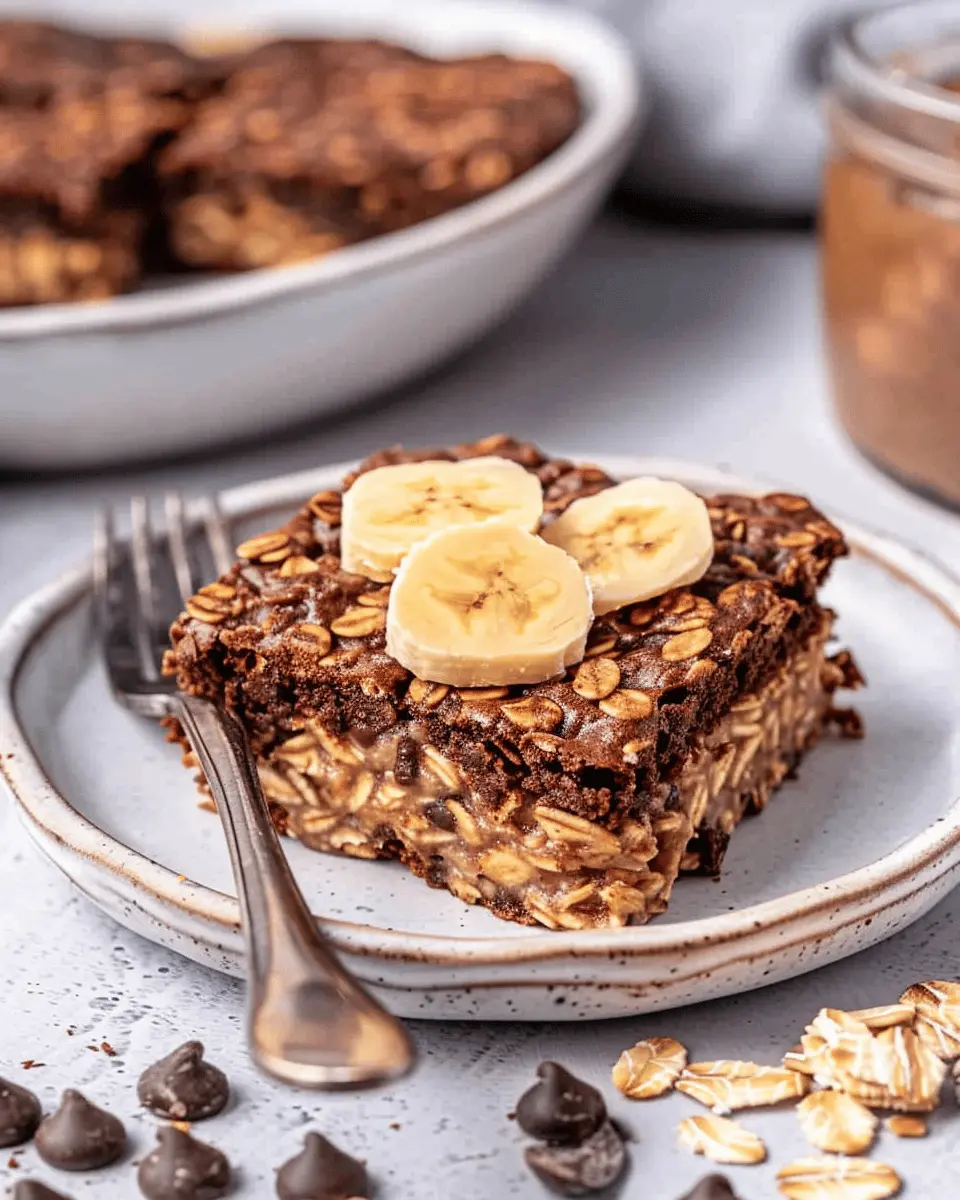Introduction to Middle Eastern Recipes
When it comes to culinary adventures, few cuisines can match the rich tapestry of flavors, aromas, and textures that define Middle Eastern cuisine. From the bustling markets of Turkey to the serene cafes of Lebanon, this culinary realm captures both hearts and palates around the world.
Why Middle Eastern Cuisine Captivates Hearts and Palates
Imagine sinking your teeth into a mouthwatering morsel of shawarma, or relishing the fragrant spices in a steaming bowl of tagine. The magic of Middle Eastern recipes lies in their vibrant flavor profiles and unique ingredients. This cuisine is a melting pot of cultures, influenced by centuries of history, trade, and migration.
-
Diverse Ingredients: Middle Eastern dishes often feature an array of fresh vegetables, grains like bulgur and couscous, aromatic spices such as cumin and coriander, and protein sources ranging from lamb to lentils. This variety makes it easy to find something that caters to every taste and dietary preference.
-
Cultural Significance: Food in the Middle East is more than sustenance; it’s a celebration of community, family, and tradition. Sharing a meal often involves a gathering of friends and family, making every dish a collective experience. For instance, dishes like maqluba and biryani not only tantalize the taste buds but also foster connections among loved ones.
-
Health Benefits: Many Middle Eastern recipes are naturally wholesome and packed with nutrients. The prevalence of vegetables, whole grains, and healthy fats makes this cuisine not just delicious but also nourishing. Researchers have even pointed out that Mediterranean diets are associated with lower risks of heart disease and obesity.
To dive deeper into the benefits of these ingredients, you might want to check out resources like the Mediterranean diet pyramid for inspiration.
As we venture beyond the well-known falafel and hummus, we’ll uncover a treasure trove of diverse dishes that promise to delight your taste buds and expand your culinary horizons. Let’s embark on this flavorful journey together!
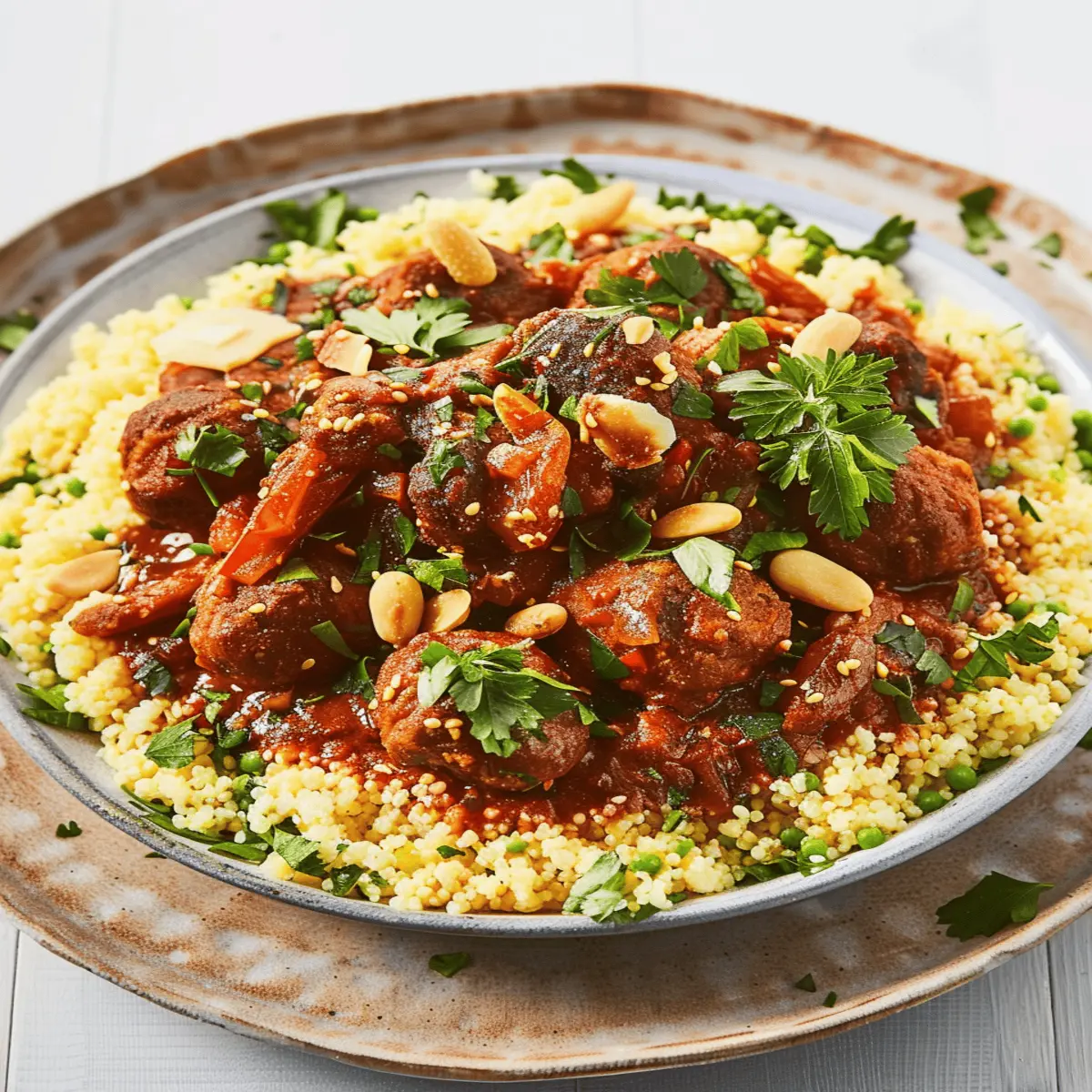
Ingredients for Middle Eastern Recipes
Essential spices and herbs for authentic flavors
When diving into Middle Eastern recipes, the right spices and herbs are crucial for achieving that authentic taste. Here are some essential ingredients to keep close by:
- Cumin: This earthy spice is a staple in many dishes, from stews to rice.
- Coriander: Its citrusy notes beautifully enhance salads and marinades.
- Sumac: Known for its tangy flavor, it’s perfect for sprinkling on grilled meats or salads.
- Za’atar: This aromatic blend typically contains oregano, thyme, and sesame seeds, making it a fantastic addition to dips or roasted veggies.
For an in-depth look at these spices, consider exploring resources like The Spice House or Serious Eats.
Key ingredients across popular Middle Eastern dishes
Beyond spices, understanding the key ingredients is essential. Common staples include:
- Chickpeas: The base for iconic dishes like falafel and various stews.
- Eggplant: A centerpiece in dishes such as baba ghanoush and moussaka.
- Bulgar wheat: Used in salads, as seen in the well-known tabbouleh.
- Yogurt: Often used as a cooling accompaniment to spicy dishes.
Experimenting with these ingredients will elevate your cooking and expand your Middle Eastern repertoire significantly!
Step-by-step Preparation of Middle Eastern Recipes
When it comes to cooking, Middle Eastern recipes offer an incredible palette of flavors, colors, and aromas. They combine simple ingredients to create hearty, vibrant dishes that are sure to impress. Here’s a straightforward guide to help you craft these delicious meals in your own kitchen.
Gather and prepare your ingredients
The cornerstone of any great dish is its ingredients. Before you even think about firing up the stove, take a moment to collect every item you’ll need. Here’s how to start on the right foot:
- Fresh produce: Look for vibrant vegetables and herbs such as tomatoes, cucumbers, parsley, and mint.
- Proteins: Decide whether you’re using chicken, lamb, or going plant-based with chickpeas or lentils.
- Grains: Stocks of rice, couscous, or bulgur will serve as the base for many Middle Eastern dishes.
- Spices: Don’t forget to include spices like cumin, coriander, sumac, and saffron—these are integral to forming the authentic taste profile.
Once gathered, rinse your fresh produce, and chop or dice them as required. This pre-preparation saves you time later and gets you into the rhythm of cooking.
Master the art of spice blends
A crucial aspect of Middle Eastern recipes is the use of spice blends. Mastering a few signature combinations can elevate your dishes from ordinary to extraordinary.
- Za’atar: Usually a mix of thyme, sesame seeds, and sumac, this blend can be sprinkled on everything from salads to meats.
- Baharat: This is a warm, aromatic spice that can include black pepper, coriander, and cardamom. It’s perfect for seasoning roasted vegetables or meats.
Try making your blends at home. This can be both rewarding and cost-effective. For tips on crafting your spices, you might find this spice blend tutorial helpful.
Cook staples like rice or couscous
Next, let’s move on to the staples that will accompany your proteins and vegetables. Cooking rice or couscous properly is essential:
-
Rice:
-
Rinse the rice under cold water to remove excess starch.
-
The general ratio is 1 cup of rice to 1.5 cups of water.
-
Bring to a boil, then reduce heat to a gentle simmer and cover. Cook until the water is absorbed, typically 15-20 minutes.
-
Couscous:
-
Couscous is even easier. Simply pour boiling water over it with a little salt and olive oil, then cover for 5 minutes.
-
Fluff with a fork before serving to achieve the perfect texture.
Perfecting these staples is key to showcasing the flavors of your other ingredients.
Prepare proteins (chicken, lamb, or plant-based)
For many, the protein is the star of the show, so let’s ensure it shines. Here’s a quick breakdown:
- Chicken: Marinate with spices, yogurt, or oil for at least an hour. Grill or roast until cooked through—about 25-35 minutes depending on the cut.
- Lamb: Use herbs like rosemary and garlic to enhance flavor. Aim for medium-rare; a meat thermometer can help you find the sweet spot at 145°F (63°C).
- Plant-based options: Chickpeas or lentils can be sautéed with spices or used in salads for a protein-packed dish.
Investing time in marinating or seasoning your proteins can make a significant difference in taste.
Assemble salads and dips
Finally, don’t neglect the vibrant salads and dips that complete your Middle Eastern meal. Freshness is vital. Here are two classic preparations:
- Tabbouleh Salad: Combine finely chopped parsley, tomatoes, cucumber, bulgur, and a dressing of olive oil, lemon juice, and salt.
- Muhammara: This spicy dip made with roasted red peppers, nuts, and spices is perfect for pairing with bread.
These dishes not only enhance the meal but also add a punch of color and nutrition.
Preparing Middle Eastern recipes may seem daunting, but with these steps, you’ll soon find that it’s an approachable, rewarding, and delightful culinary adventure. So roll up your sleeves, and explore the rich tradition of flavors that this region has to offer!
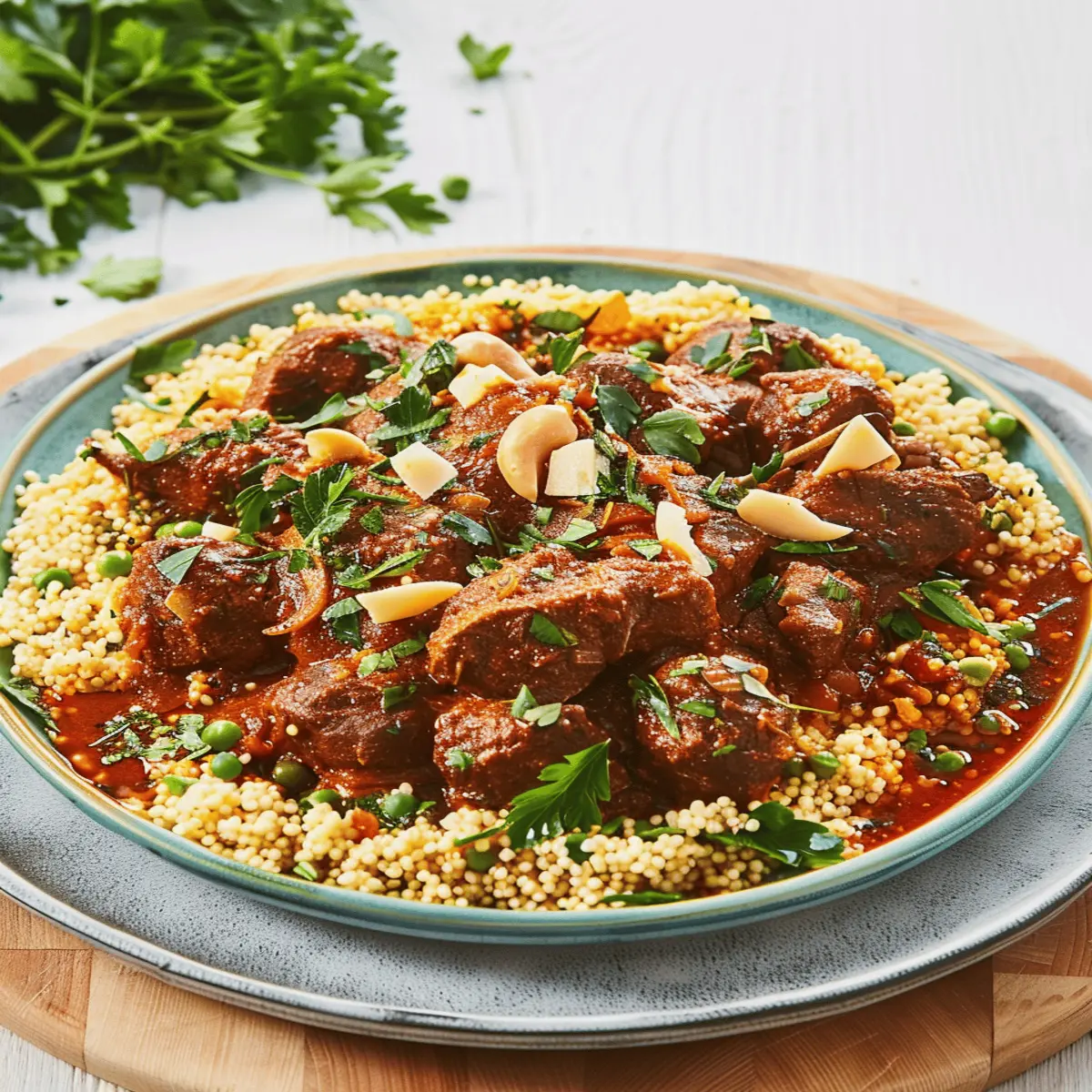
Variations on Middle Eastern Recipes
When exploring Middle Eastern recipes beyond falafel and hummus, you’ll find a vibrant tapestry of flavors, textures, and cultures. Let’s dive into some exciting variations that can elevate your cooking game.
Vegetarian and Vegan Adaptations
Middle Eastern cuisine is naturally rich in plant-based ingredients, making it perfect for vegetarians and vegans. Take classics like mujadara (a comforting dish of lentils, rice, and onions) and adapt it by adding seasonal vegetables, or spice it up with fresh herbs for a new twist. You might also try a vegan tabbouleh, swapping the traditional bulgur for quinoa, which enhances the texture while adding a protein punch.
Finding creative ways to use local produce can transform these recipes. If you’re interested in learning more about the benefits of vegetarian diets, check out resources from The Food Network for tips.
Regional Specialties: North African vs. Levantine Influences
The Middle East is a mosaic of cultures, and this is especially evident in regional cooking styles. For example, North African dishes like couscous or harira (a fragrant soup) often showcase aromatic spices such as cumin and coriander. These differ from the often bright and herbaceous flavors found in Levantine cuisines, where dishes like fattethummus_ (a layered chickpea dish) shine.
Each region has its unique twist—North African stews might be spicier, while Levantine dishes often incorporate tahini or yogurt for creaminess. Comparing these styles can be a fun culinary adventure! With ingredients like saffron and preserved lemons common in North African dishes, there’s plenty of room for experimentation.
In summary, the world of Middle Eastern recipes is diverse and inviting. So why not venture beyond the usual and discover the rich heritage hidden in these dishes? Your taste buds will thank you!
Cooking Tips and Notes for Middle Eastern Recipes
Common mistakes to avoid
When diving into Middle Eastern recipes, there are a few pitfalls to steer clear of:
- Over-spicing: It’s tempting to throw in every spice available, but less is often more.
- Skipping fresh herbs: Dishes like tabbouleh shine with fresh parsley or mint. Dried herbs just don’t cut it here.
- Rushing the cooking process: Slow-cooked stews and braises develop depth. Don’t rush; let those flavors meld.
How to enhance authentic flavors
Elevating your Middle Eastern dishes can be as simple as following a few key tips:
- Use high-quality oils: A drizzle of good olive oil or tahini can transform a meal.
- Toast your spices: Toasting spices before adding them releases essential oils, intensifying flavors—try it with cumin or coriander.
- Embrace acidity: Balancing flavors with lemon juice or pomegranate molasses can bring brightness to even the heartiest of dishes.
For more expert tips, you might enjoy exploring resources like Serious Eats or The Kitchn for their rich discussions on spice usage and flavor balancing. Happy cooking!
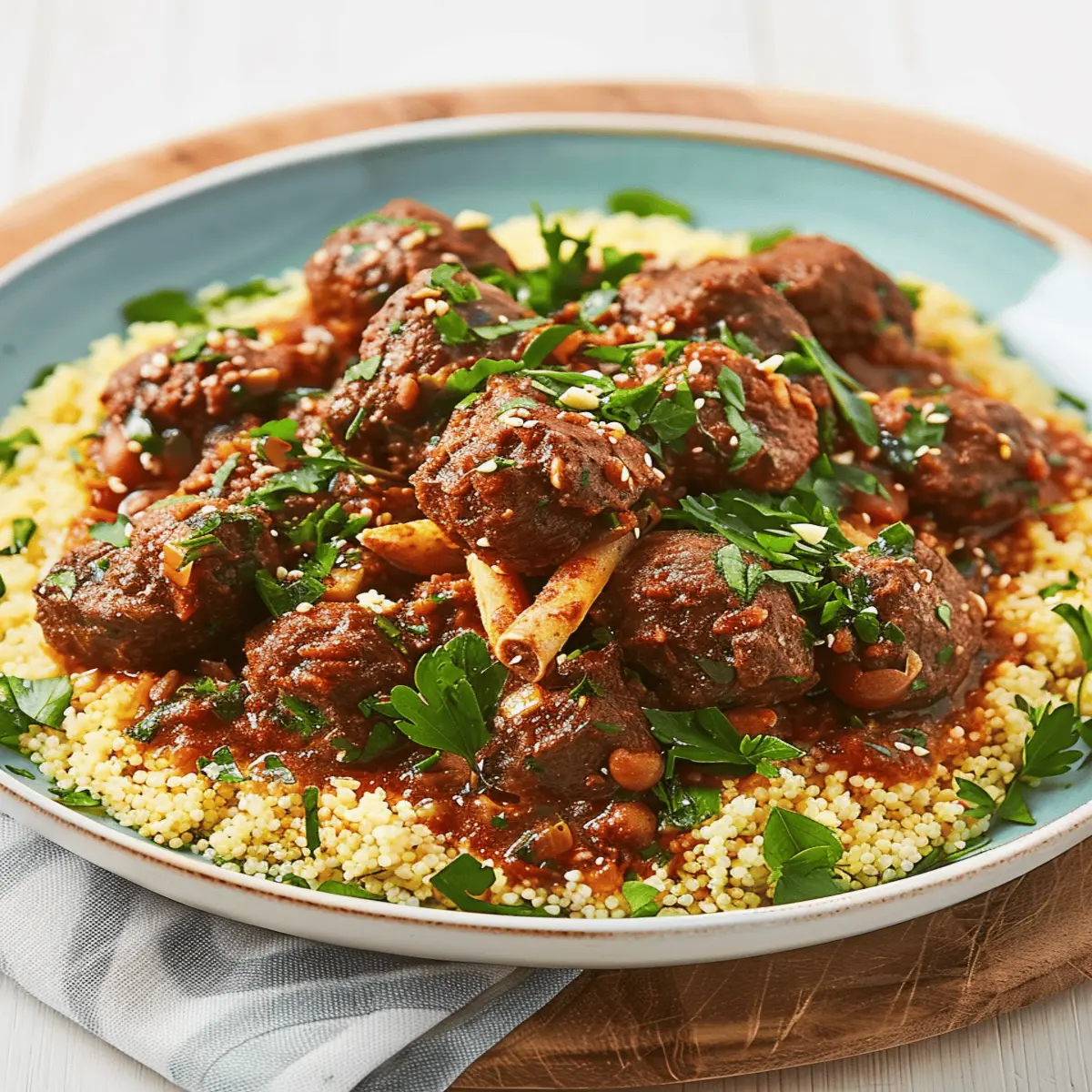
Serving Suggestions for Middle Eastern Recipes
Festive Platter Ideas
Elevate your dining experience by creating a festive platter that showcases the vibrant flavors of Middle Eastern recipes. Consider combining various dips, such as tzatziki, baba ghanoush, and a colorful tabbouleh salad. Add roasted vegetables and a selection of grilled meats like shawarma or kebabs for a delightful mix of textures and tastes. Serve everything on a large wooden board for a rustic touch. Don’t forget to garnish with fresh herbs like parsley or mint for that pop of color!
Pairing with Beverages and Breads
When it comes to beverages, try a refreshing mint lemonade or pomegranate juice to complement your meal. And let’s not overlook the bread! Serve your favorite Middle Eastern recipes with warm, fluffy pita or a tangy lavash — perfect for scooping up dips or wrapping around grilled meats.
For more ideas on perfect pairings, check out Serious Eats for their extensive beverage suggestions tailored to Middle Eastern cuisine!
Time Breakdown for Middle Eastern Recipes
When diving into middle eastern recipes, it’s helpful to know how to plan your cooking schedule. Here’s a quick overview to streamline your culinary adventure!
Preparation Time
Most dishes take anywhere from 15 to 30 minutes of prep. Chopping vegetables, marinating meat, or blending spices can be enjoyable activities that’ll enhance your cooking experience. Plus, this is an excellent opportunity to connect with cultural history—exploring the traditions behind each ingredient!
Cooking Time
The actual cooking time typically ranges from 30 to 90 minutes. For instance, stews and slow-cooked dishes may require more time, but the results are completely worth it. If you’re short on time, consider recipes that can be made in under 30 minutes!
Total Time
Overall, expect a total commitment of 45 minutes to a few hours depending on the complexity of the dish. This flexibility allows you to contribute a homemade touch to your meals without the stress.
For a deeper dive into cooking techniques or tips, check out Serious Eats for expert advice!
Nutritional Facts for Middle Eastern Recipes
Macronutrient Overview
Middle Eastern recipes often blend a variety of ingredients, leading to a rich macronutrient profile. You can expect a healthy dose of proteins from legumes like lentils and chickpeas, healthy fats from olive oil and nuts, and complex carbohydrates from whole grains such as bulgur and quinoa. This balance not only satiates hunger but also keeps your energy levels stable throughout the day.
Health Benefits of Key Ingredients
- Chickpeas: Packed with fiber and protein, these legumes can support digestion and muscle health.
- Olive Oil: Known for its heart-healthy monounsaturated fats, it can reduce inflammation and lower the risk of chronic diseases. Learn more about the benefits of olive oil here.
- Spices like turmeric and cumin: These add flavor while delivering antioxidants that may boost your immune system. Research shows that spices can enhance nutrient absorption, making your meals not just tasty but also more nutritious.
Exploring these Middle Eastern recipes allows you to indulge in flavors while nourishing your body, making it a win-win!
FAQs About Middle Eastern Recipes
What dishes are considered Middle Eastern?
When we think of Middle Eastern recipes, the first dishes that may come to mind are the popular falafel and hummus. However, the rich tapestry of Middle Eastern cuisine encompasses much more. Think about:
- Shawarma: Spiced, marinated meat wrapped in pita.
- Biryani: A fragrant rice dish often paired with lamb or chicken.
- Mezze: A selection of small plates like baba ghanoush and tabbouleh.
For a deeper dive into the vast array of regional dishes, check out resources like the Middle East Eye.
How do I adjust spice levels?
Not everyone enjoys spice as much as others, and that’s perfectly fine! In many Middle Eastern recipes, adjusting the spice level is easier than you think. Here are a few tips:
- Start Small: If you’re unsure, begin with a small amount of spice (e.g., cumin or paprika) and gradually increase.
- Balance with Dairy: Sour cream or yogurt can cool down spicy dishes.
- Taste Along the Way: Always taste your food while cooking — it’s the best way to achieve your desired flavor.
Can I prepare Middle Eastern meals ahead of time?
Absolutely! One of the joys of Middle Eastern cuisine is that many dishes taste even better after they’ve had time to rest. Here’s how to prep:
- Freezing: Stews and sauces often freeze well, allowing for quick meals later.
- Marinades: Let meats marinate overnight for richer flavors.
- Storage Tips: Store rice or grain-based sides separately to maintain texture.
Preparing these meals in advance can save you time during the busy week! For more insights, you might want to explore Serious Eats.
By integrating these tips, you can embrace the myriad flavors of Middle Eastern cooking with confidence. Enjoy your culinary adventure!
Conclusion on Middle Eastern Recipes
Embracing the joy of cooking Middle Eastern cuisine at home
Cooking Middle Eastern recipes at home opens up a world of flavors and traditions that can truly enrich your culinary repertoire. These dishes not only satisfy your taste buds but also connect you to a culture that values hospitality and sharing.
Imagine gathering friends for a vibrant meal featuring zesty tabbouleh or aromatic shawarma. Exploring these recipes allows you to experiment with spices like sumac or za’atar, inviting creativity into your kitchen.
As you cook, reflect on how these meals foster connection—from family dinners to potlucks featuring new flavors. Ready to dive in? Check out resources like Serious Eats or The Spruce Eats for more inspiration. Enjoy the adventure!
PrintMiddle Eastern Recipes: Indulgent Dishes Beyond Falafel & Hummus
Explore a variety of Middle Eastern recipes that go beyond traditional falafel and hummus, bringing indulgent flavors to your table.
- Prep Time: 15 minutes
- Cook Time: 30 minutes
- Total Time: 45 minutes
- Yield: 4 servings 1x
- Category: Main Course
- Method: Stovetop
- Cuisine: Middle Eastern
- Diet: Gluten-Free
Ingredients
- 2 cups basmati rice
- 1 pound lamb, diced
- 1 can chickpeas, drained
- 4 tablespoons olive oil
- 1 large onion, chopped
- 4 cloves garlic, minced
- 1 teaspoon ground cumin
- 1 teaspoon ground coriander
- 1 teaspoon cinnamon
- 4 cups vegetable broth
Instructions
- Rinse the basmati rice under cold water until it runs clear.
- In a large pot, heat the olive oil over medium heat and sauté the onions until soft.
- Add the garlic and spices, cooking until fragrant.
- Stir in the lamb and brown on all sides.
- Add chickpeas and broth, then bring to a boil.
- Once boiling, add the rice, cover, and reduce heat to low.
- Cook for 15-20 minutes until rice is tender.
Notes
- For an extra kick, add a pinch of cayenne pepper.
- Garnish with fresh parsley before serving.
Nutrition
- Serving Size: 1 cup
- Calories: 500
- Sugar: 2g
- Sodium: 300mg
- Fat: 22g
- Saturated Fat: 5g
- Unsaturated Fat: 15g
- Trans Fat: 0g
- Carbohydrates: 60g
- Fiber: 5g
- Protein: 25g
- Cholesterol: 80mg
Keywords: Middle Eastern, recipes, falafel, hummus, lamb, rice, chickpeas
